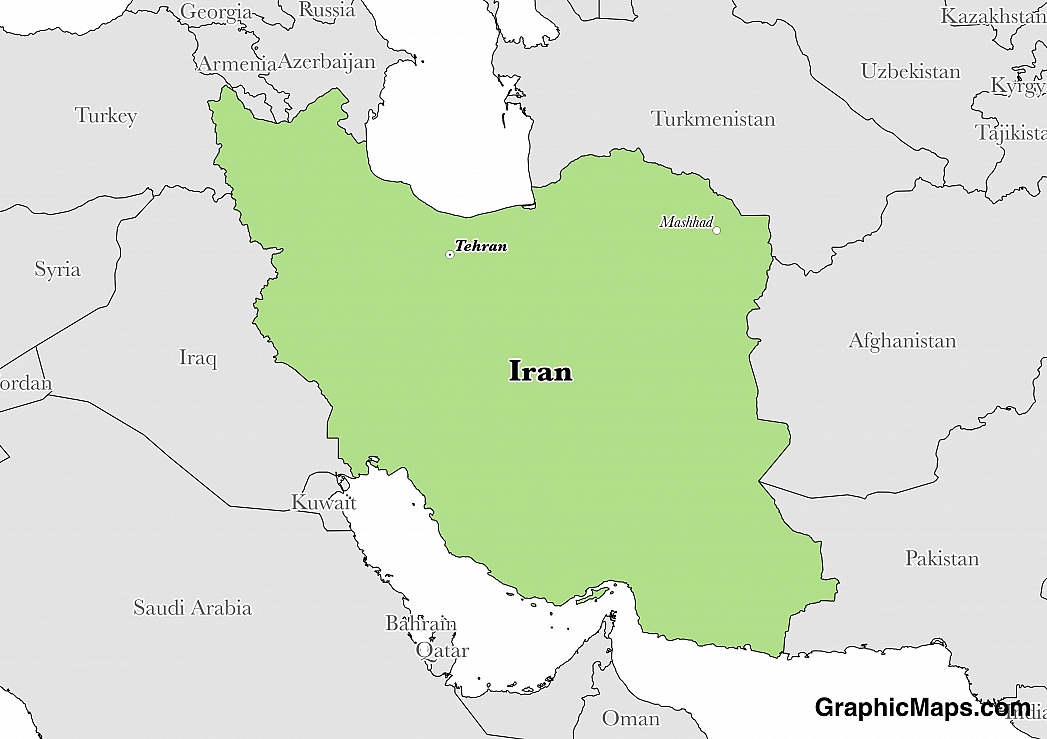The government of Iran changed from a monarchy led by the Shah of Iran to a republic led by the leader of an Islamic revolution in 1979, and this created significant changes within the nation's society. The current system of politics in Iran can be classified as a theocratic national ruling structure with elements of democratic rule at the local and regional levels. The 1979 Constitution of Iran defines the Supreme Leader as the Head of State as well as the supervisor of the executive (Presidential), legislative, and judiciary sectors of government. The Supreme Leader's term in office lasts until death.
Elections in Iran take place for the President, parliament (also known as the Islamic Consultative Assembly), the Assembly of Experts, and also local councils who represent the regions, or cities, of the country. Elections do not take place nationally for the position of Supreme Leader, also known as Ayatollah, this post is elected by the Assembly of Experts.
The Islamic Consultative Assembly is the national legislative body of Iran, and it is located in downtown Tehran, the capital city, on Mojahedin Eslam St. The Parliament currently has 290 seats representing 207 constituencies and the last election for these positions took place on 28 May 2016. The function of the Iranian Parliament is to legislate national laws within the limits of the Constitution. The official residence of the President of Iran is located at Sa'dabad Complex in Tehran and features 180 hectares of natural forests as well as lavish architecture and valuable art and cultural artefacts.
There are several political parties currently operating in Iran, the most active o which is the Mojahedin-e Khalq-e Iran.
This page was last modified on May 1st, 2018
More on Graphicmaps

Published on 2019-11-06
What is a Trade Embargo?

Published on 2019-11-04
Which Two Countries Used to Have the Same Flag?

Published on 2019-09-16
What Is the Only Two-Sided State Flag?

Published on 2019-09-16
Which Country Flag Looks Like the Texas Flag?

Published on 2019-08-29
Flags That Resemble the US Flag

Published on 2019-08-20
